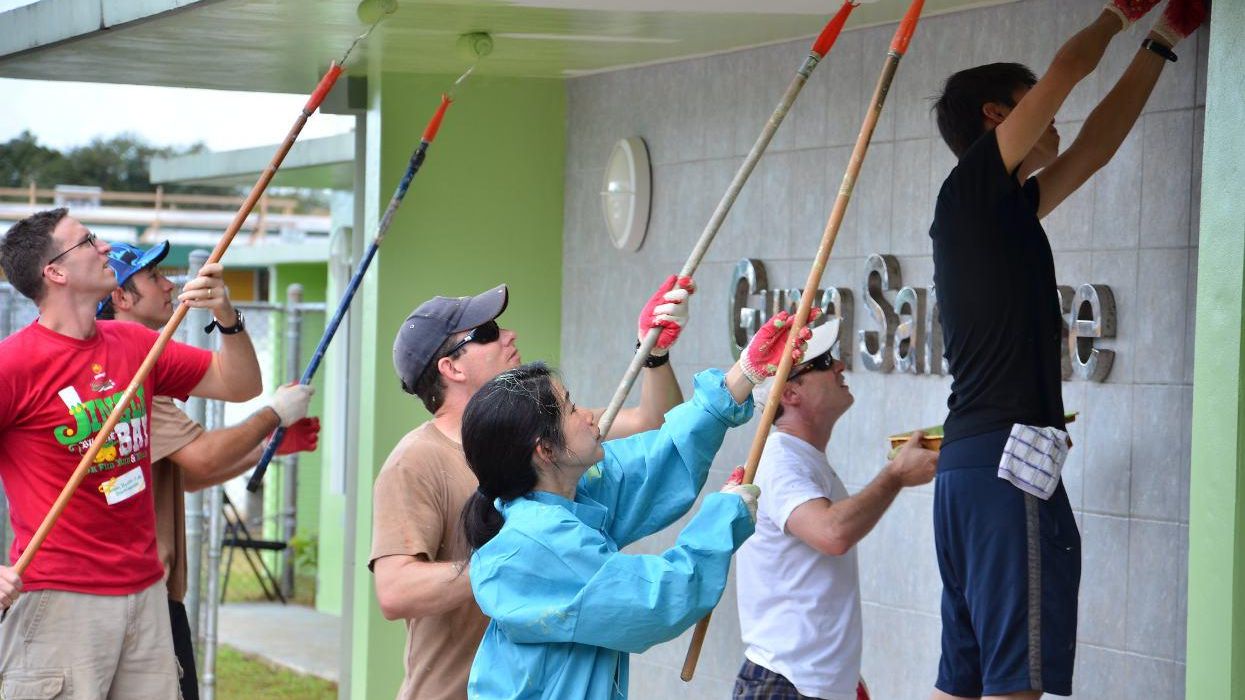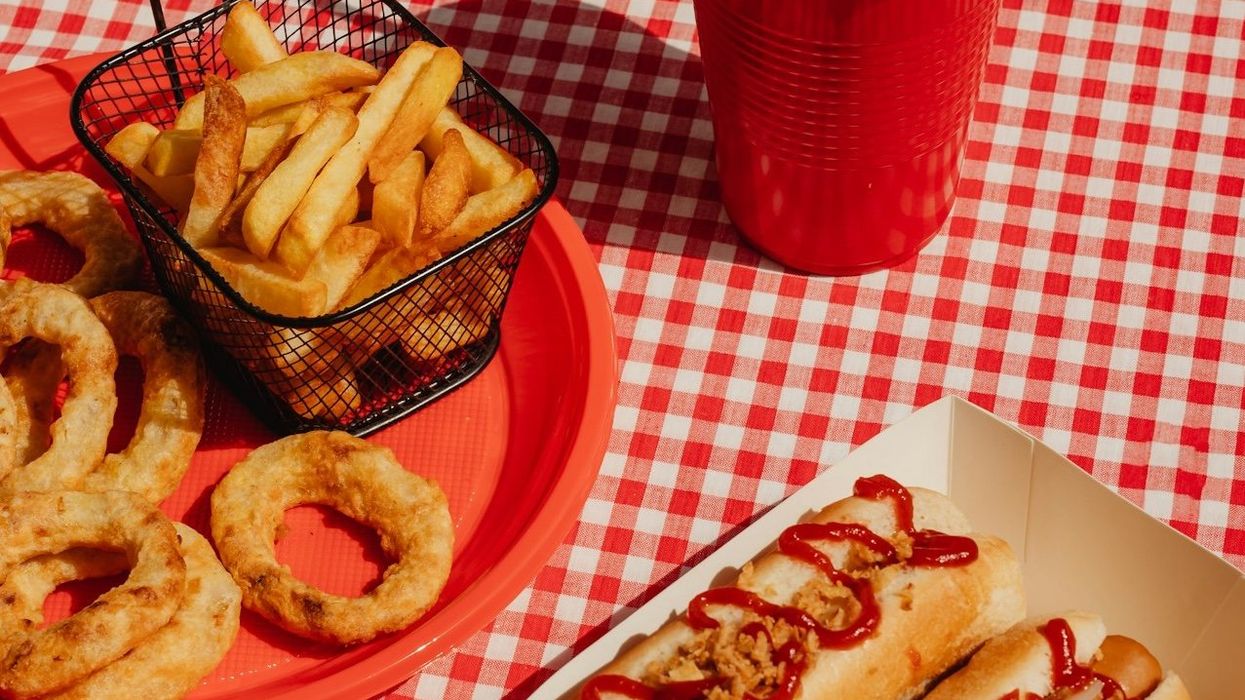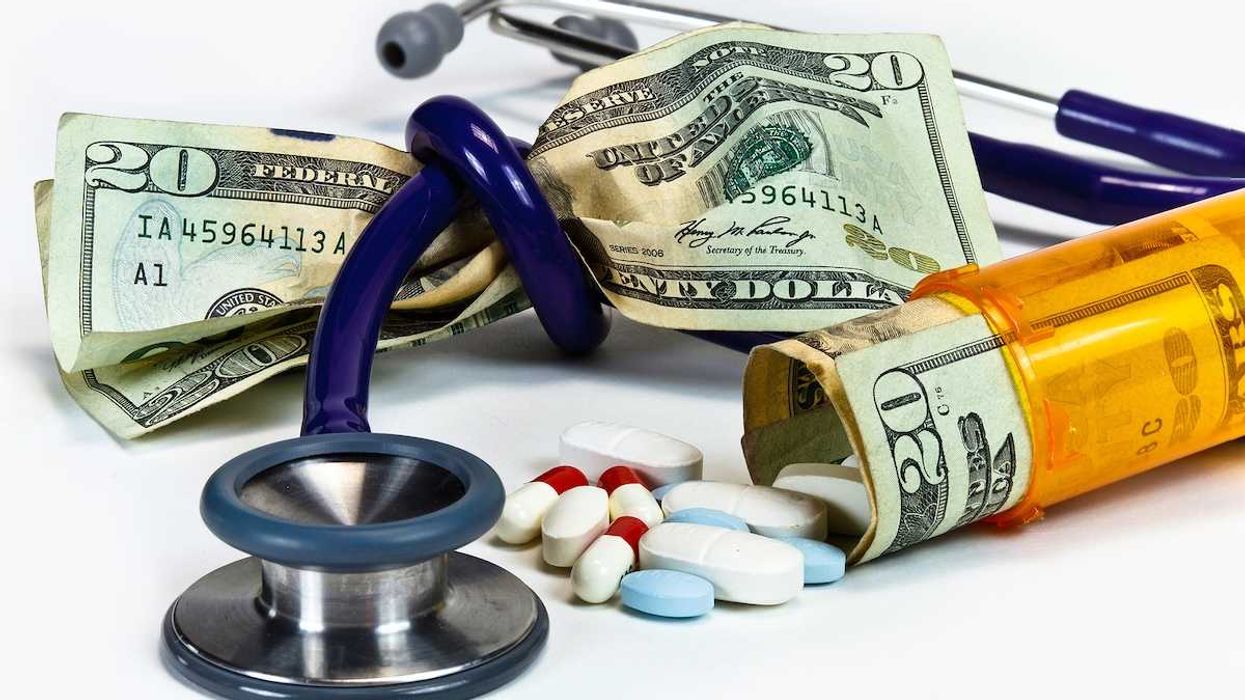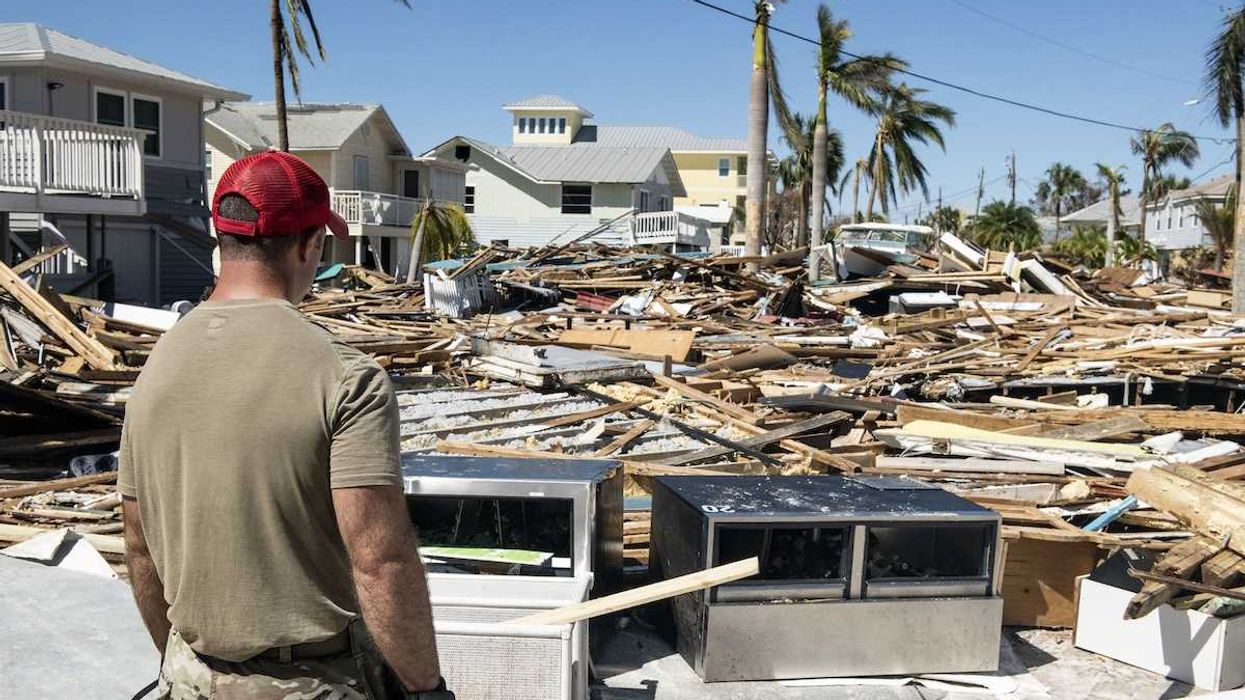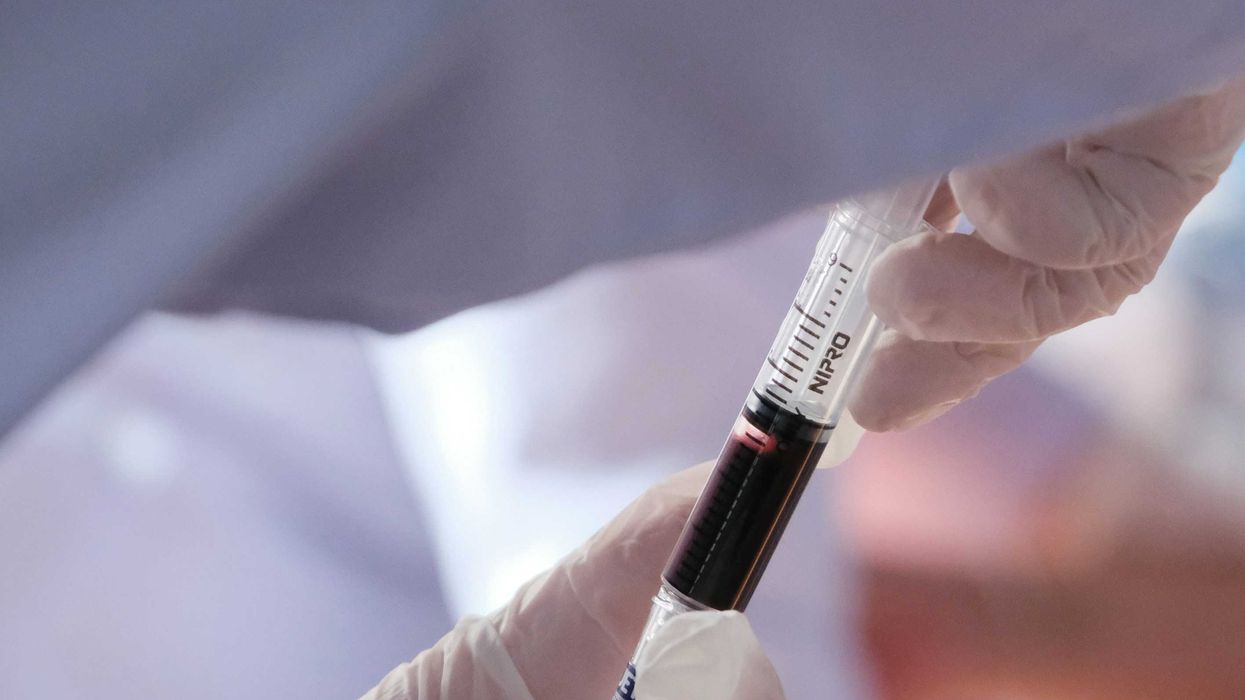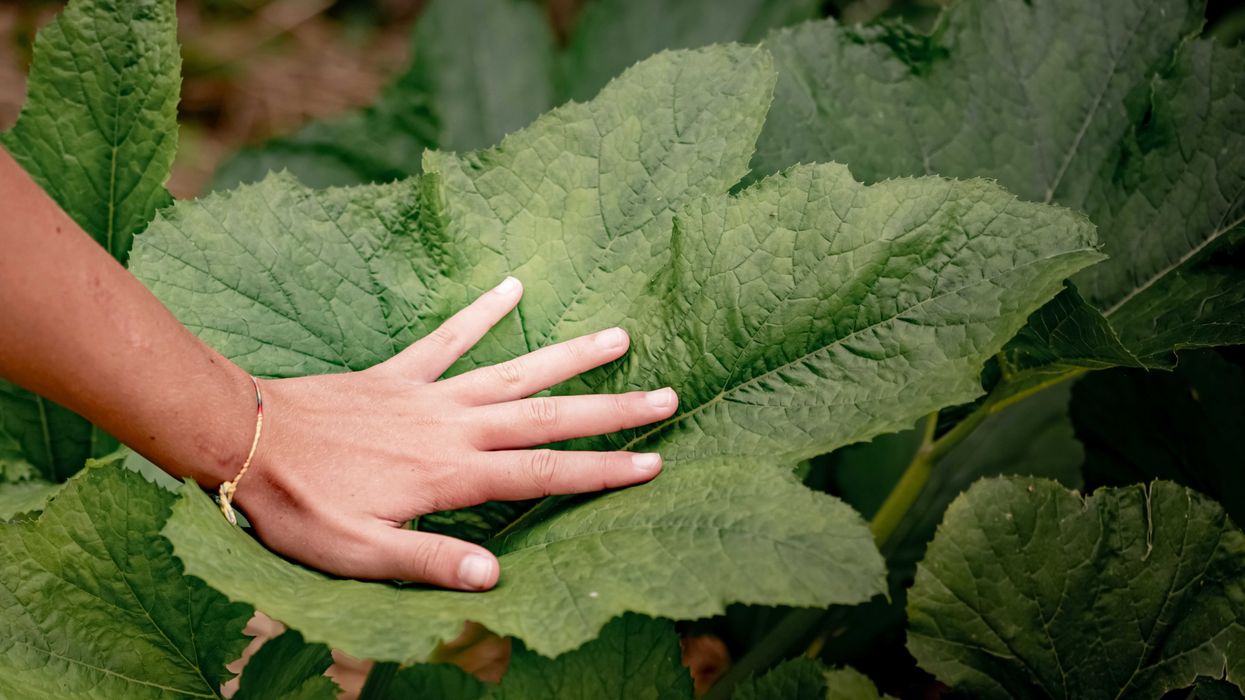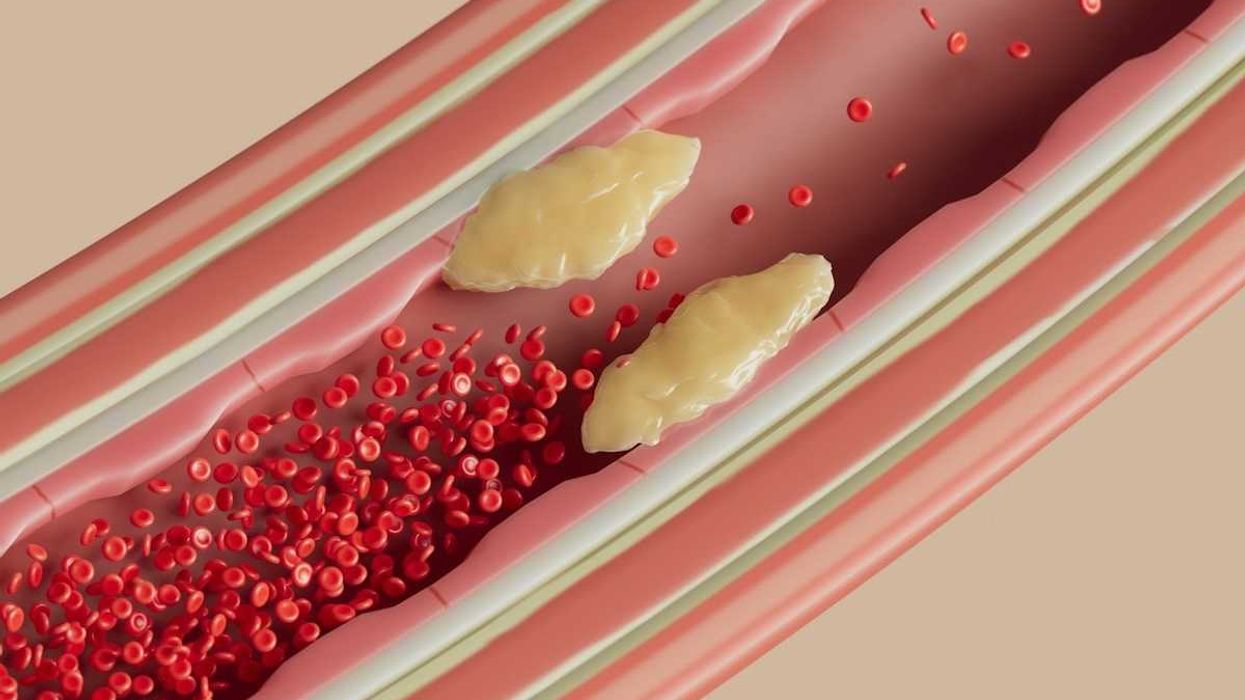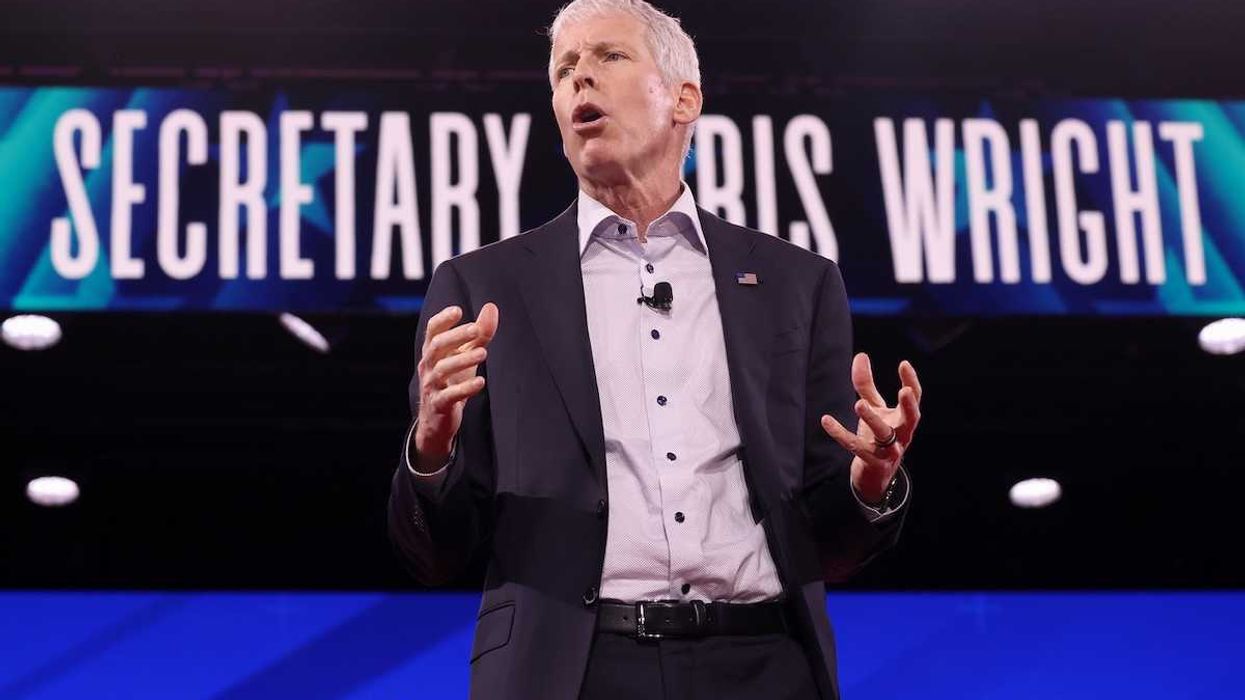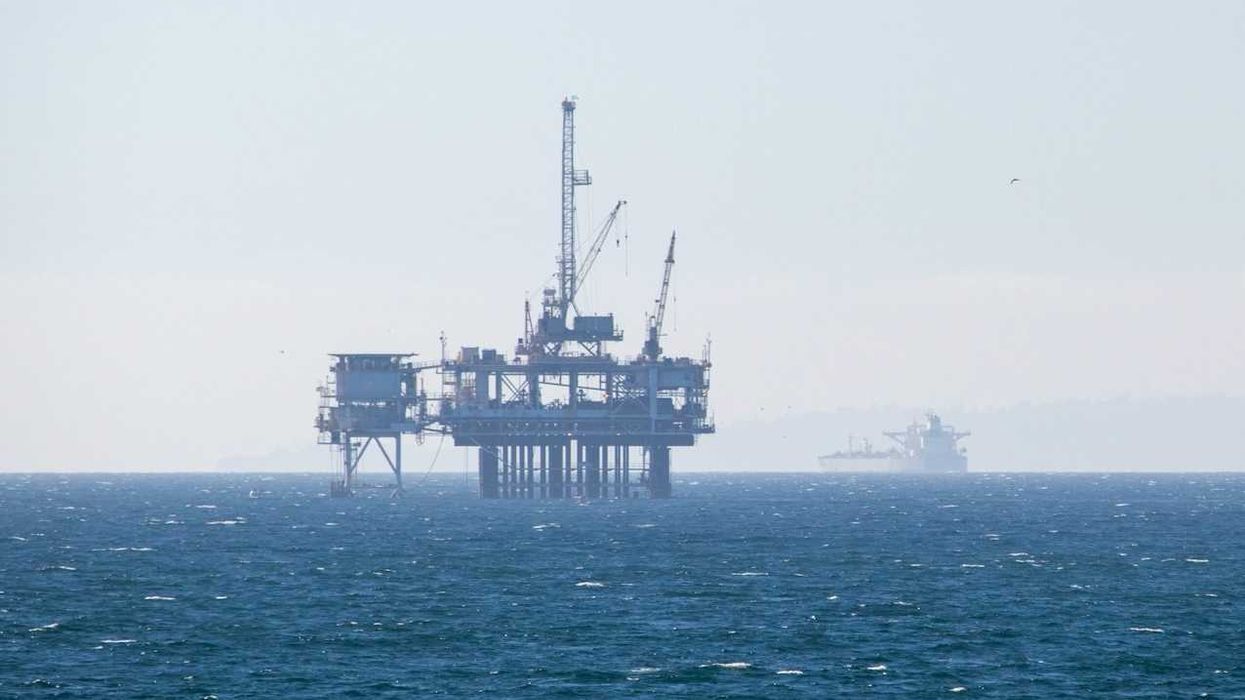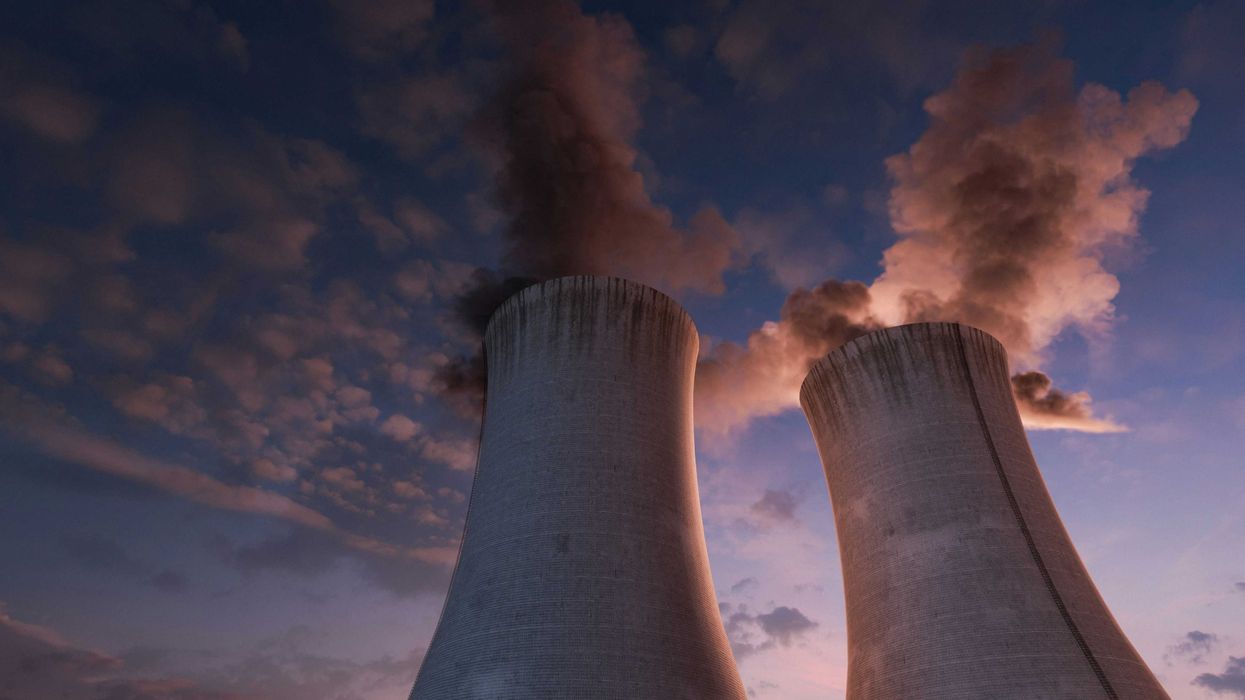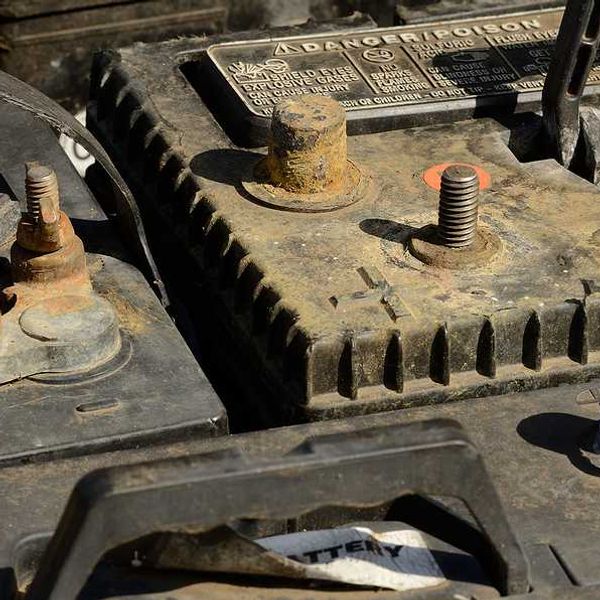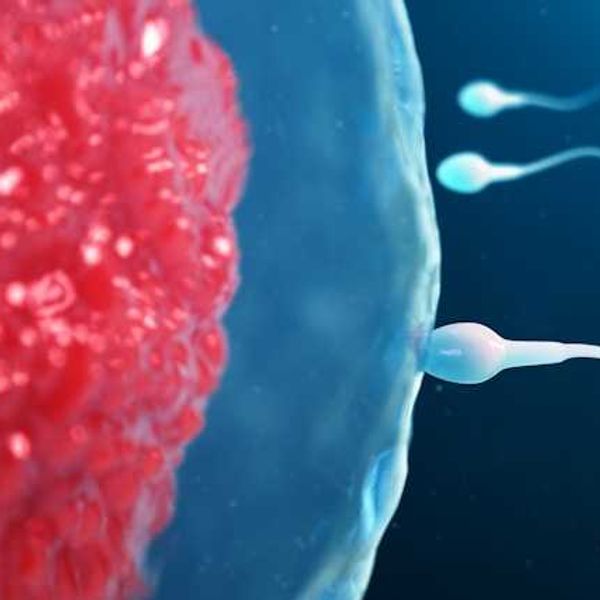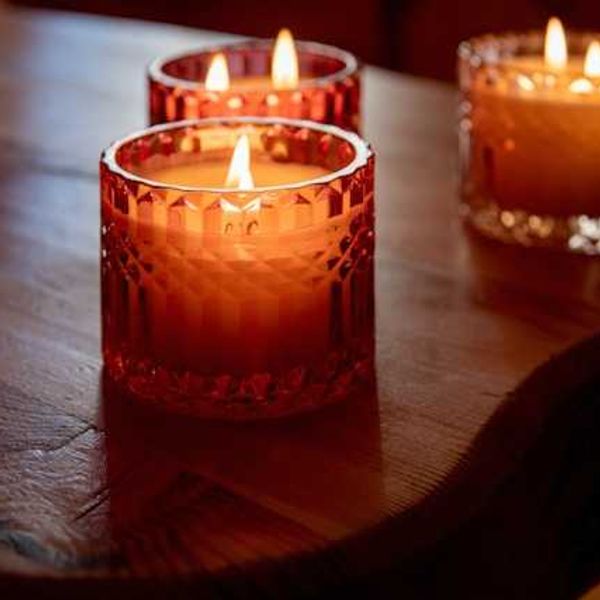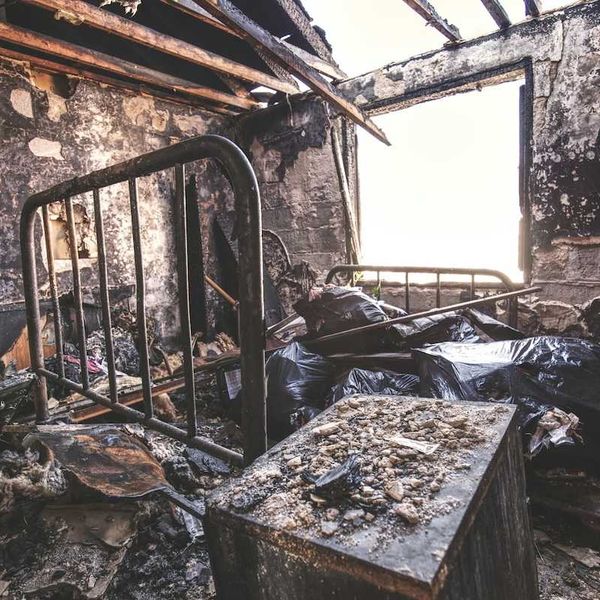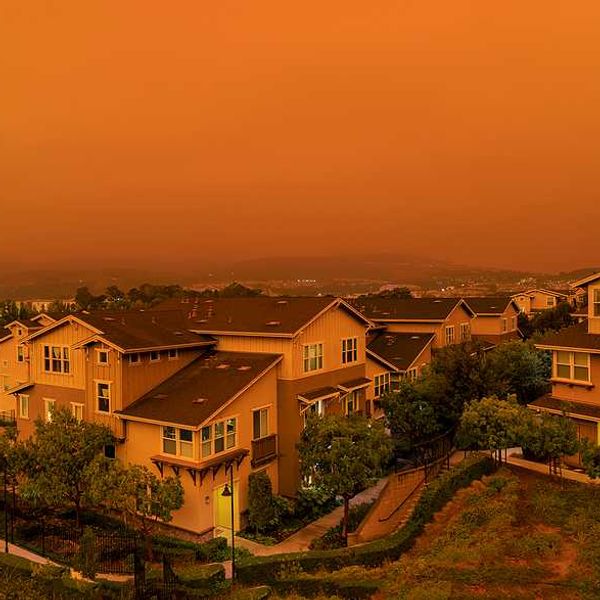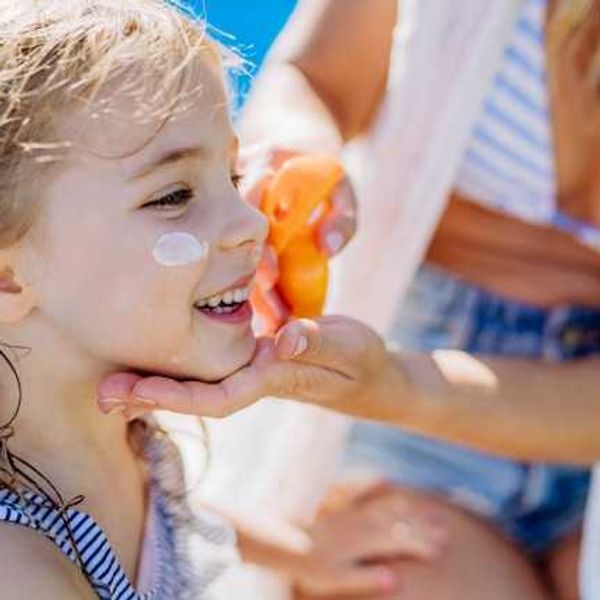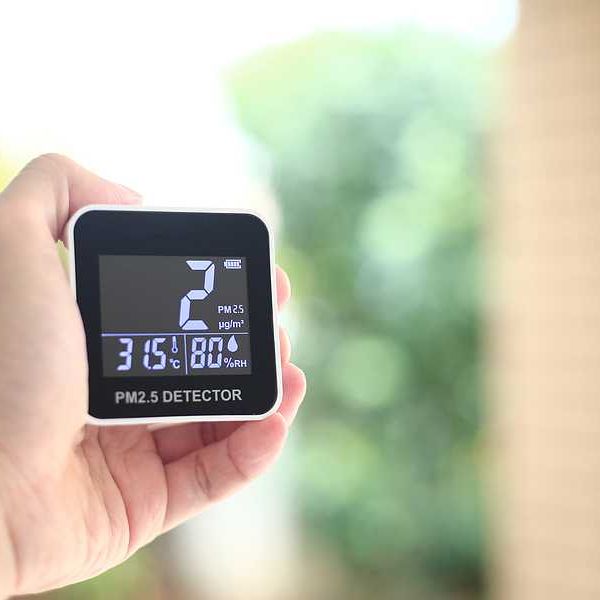As the COVID pandemic wears on, we are spending more time than ever working, studying, and playing at home. That is why it's more important than ever to rid our homes of potentially toxic products.
You may spend time seeking out the safest consumer goods, apparel, and cosmetics, but have you considered the chemicals lurking on your walls?
We've all heard about the dangers of lead paint, and thankfully, interior paints that contain lead are no longer sold in the U.S. or most parts of the world. You may have even heard of VOCs (volatile organic compounds) and carefully chosen products with low levels of these hazards. But another chemical used in paint has become the focus for green scientists this year: a hormone-disrupting chemical class called APEs.
Alkylphenol ethoxylates, or APEs for short, are surfactants used in acrylic paints. Not only are they very toxic to fish and other aquatic organisms, they have also been shown to have endocrine-disrupting properties, meaning they can interfere with hormones in the human body. APEs break down into alkylphenols, which, according to the U.S. Environmental Protection Agency, have "been detected in human breast milk, blood, and urine and [are] associated with reproductive and developmental effects in rodents."
Thankfully, awareness around APEs is growing. New data from the Healthy Building Network (HBN), a nonprofit organization that works to improve hazardous chemical transparency and product innovation, shows that safer paints are now available at various price points throughout the market. While some manufacturers are still using them, APEs are no longer the most commonly used surfactant in interior latex paints. HBN recently released a list of APE-free and low-VOC paints along with its detailed product guidance for paint selection.
"With safer options readily available, there's no reason anyone should be using a paint containing APEs," said Teresa McGrath, HBN's chief research officer. "As consumers, we can use our buying power to push for safer products and to increase transparency around the chemicals in the products that surround us."
It's important to remember that a product's chemical footprint has implications at every stage of its life cycle – a fact that HBN builds into all of its product guidance. While a product may be relatively safe for home occupants, it can still have serious health implications for those who manufacture, handle, install, or remove it.
"Knowing that low-income and Black, Indigenous and people of color communities disproportionately bear the burden of industrial pollution, it's a matter of equity and public health that we consider the full effect of the product choices we make," said Gina Ciganik, HBN President and CEO. "While toxic chemical exposures continue to cost the U.S. billions of dollars and millions of IQ points, we have the opportunity to create change with our buying decisions."
For more product guidance from HBN, visit their website, and check out the list of APE-free paints below.
List of safer paints
The paints listed below are ranked light green or higher on HBN's Paint Hazard Spectrum, meaning they are best-in-class for interior latex paints. These paints are free of alkylphenol ethoxylates (APEs), which can disrupt the hormone system, and are also low in volatile organic compound (VOC) content and low in VOC emissions.

*These products had published Health Product Declaration or Declare labels disclosed to 100 parts per million with an alternative surfactant listed as of November 2020.
This list is not an exhaustive list of all safer paints, and is not an endorsement or certification of the manufacturer or products listed. These products were screened using manufacturer-supplied information and not independently tested or verified. We have selected only one or two examples from each manufacturer, focused on interior latex eggshell paint.
Laurie Mazur is the editor of the Island Press Urban Resilience Project, which is supported by The Kresge Foundation and The JPB Foundation.
Banner photo credit: PACAF/flickr

